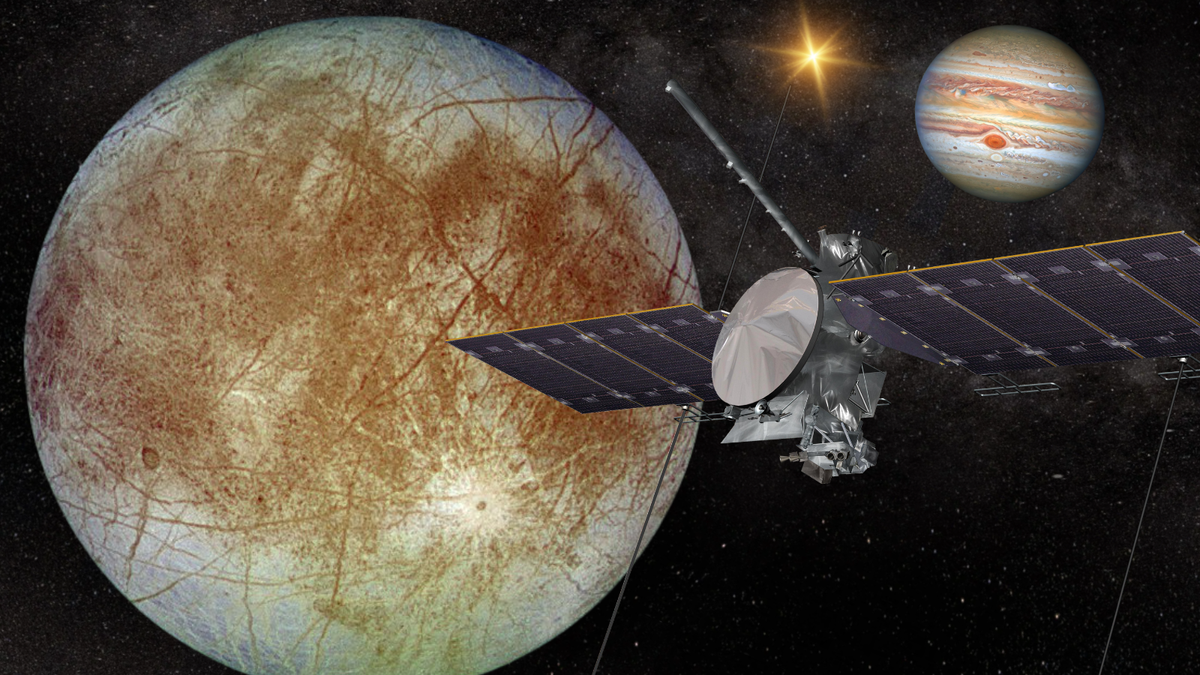Research press release
Nature Communications
December 20, 2023

One study estimates that approximately 1,500 bird species have become extinct due to humans since the late Pleistocene.Nature CommunicationsPublished in This figure is double the estimates of previous studies. The authors stress the urgent need to protect existing native bird species to avoid further extinction.
There are a number of possible causes of bird extinction linked to modern human activities. Examples include habitat loss, poaching, and the introduction of invasive species. Previous analyzes of bird extinction rates have focused on observed extinctions for which detailed human records have been left behind, and are thus limited to observations from about 500 years ago to the present. However, because it assumes that some bird species are extinct by the time official extinction records are created, this method may underestimate the extent of biodiversity loss due to human activities.
In this study, Rob Cook and his colleagues used the fossil record to explore evidence from islands such as Fiji, Hawaii, New Zealand and other parts of the western Pacific, where the majority of known bird extinctions are thought to have occurred on islands. We have estimated the number of bird species that have become extinct in the world (including islands) and have no documented records. As a result, approximately 12% of the world’s bird species have become extinct since the Late Pleistocene (126,000 to 12,000 years ago), with most extinctions occurring during the Holocene (11,700 years ago to the present). 55% of these extinctions are now being discovered for the first time. Also, when comparing this result to the time of human dispersal, the largest wave of bird extinctions was associated with the spread of humans into the Pacific Ocean (about 1300 AD), with an extinction rate 80 times higher than expected. It is estimated that 61% of bird extinctions have occurred in the Pacific region. Cook and his colleagues suggest that the extinction of nine species, including the soar-billed crow, the white-throated lorikeet, and the giant flightless moa, was linked to this dispersal wave.
This study shows that more than one in nine bird species have already been driven into extinction by humans, and the impact on ecosystems and evolution is likely to be severe, suggesting that it may not be possible to reverse this. Cook and his colleagues acknowledge that the numbers obtained in their study are only estimates, and are likely an underestimate given the methods used in the study.
doi:10.1038/s41467-023-43445-2
“Highlights from Nature Magazines” is a translation of a statement prepared for the press by Nature’s public relations department. If you require more accurate and detailed information, please be sure to refer to the original paper.
Return to the “Highlights” articles list.

“Travel maven. Beer expert. Subtly charming alcohol fan. Internet junkie. Avid bacon scholar.”





More Stories
See How to find a lost Apple Watch |
“LINE still grants your wishes when you look at it…” 9 moments when you thought the people around you were like old ladies – All about the news
Issue in Windows 11 24H2 in Arrow Lake environment. Black screens and random reboots occur. Resulting from iGPUs such as the Core Ultra 9 285K and Core Ultra 7 265K. Countermeasures/solutions available